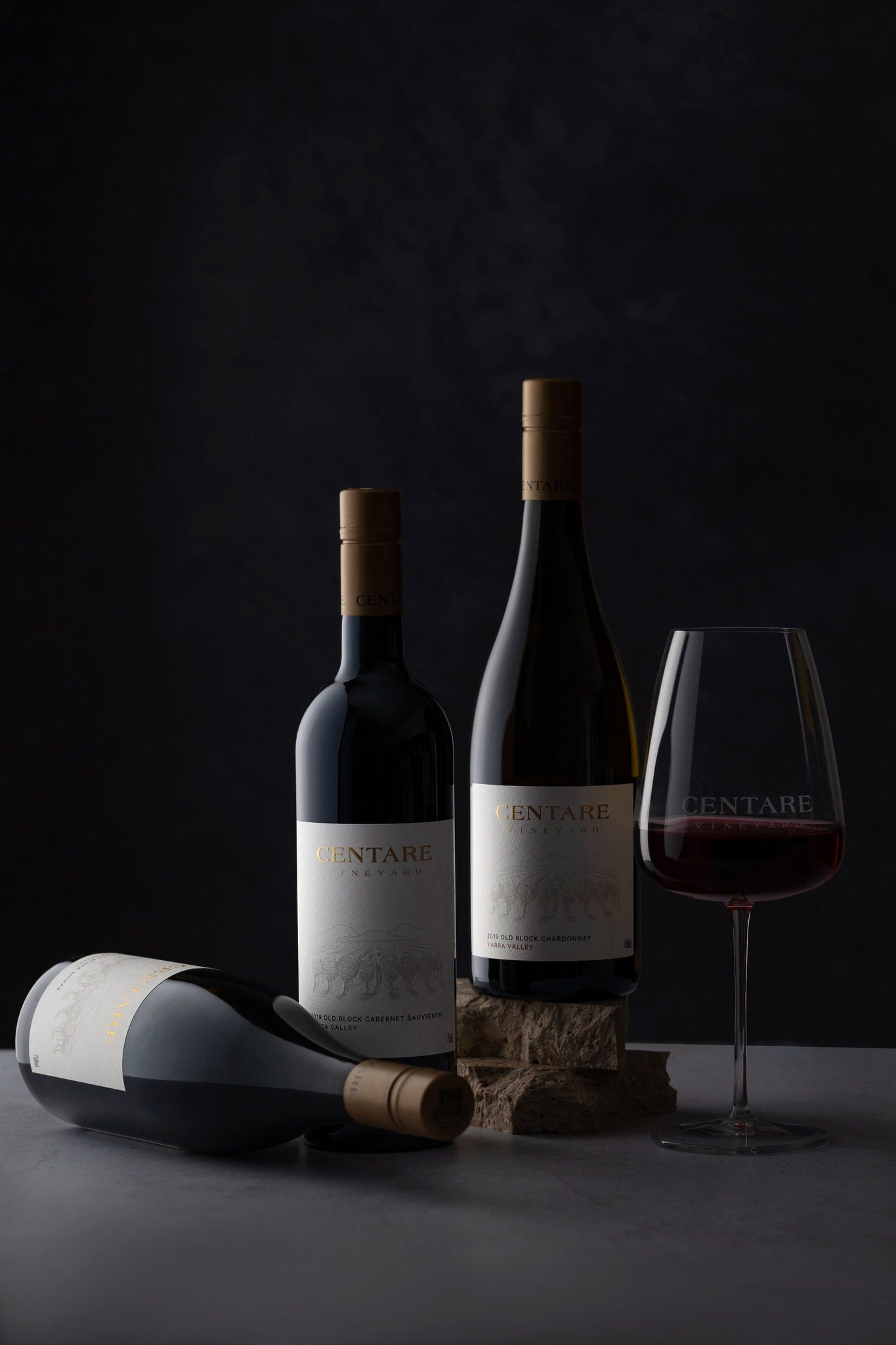💪 Warm-up question
You will find the answer to this warm-up exercise at the end of this entry. But please give it a go yourself first 😉
✍️ Past exam question
Question five from the October 2020 exam
What are the strengths and weaknesses of Cabernet Sauvignon from Australia?

💡 Examiner’s feedback
© Wine & Spirit Education Trust (WSET)
This was a popular question for many candidates who were likely attracted to what initially seemed a straightforward question on a substantial topic. Disappointingly, too many candidates failed to carefully read the question set and properly plan their answers. Instead, many went straight into writing overly broad answers about everything they knew about Australia or Australian wines. This was not what was asked for and so was the wrong approach. This prevented a higher overall pass mark and was illustrated by the relatively few Merits and Distinctions that were achieved. Ultimately, this was a question about Cabernet Sauvignon in the context of Australia, not a question about Australia and its wines - which is the one many candidates attempted to answer. Candidates who appeared to plan and appropriately structure their answers fared much better, and it is strongly recommended that candidates take the time to do so in the examination. Those who do will find they are able to write more quickly, with a much more coherent, focused and detailed argument.
This question could be approached in a number of ways, with the better answers addressing strengths then weaknesses in turn, acknowledging that some points could cover both. Candidates that identified individual strengths and countervailing weaknesses point-by-point tended to produce answers that struggled to convey enough detail to achieve higher marks. However, both approaches were successful when candidates gave sufficient supporting evidence and reasoning in a structured argument.
Whilst most candidates were able to provide factually accurate answers, answers were often over-simplistic and lacked details and focus. Most candidates performed better when discussing strengths,which was expected, but a surprising number failed to cover weaknesses entirely. If part of the question is not addressed, the result will be a low mark. The majority of candidates were able to describe where in Australia Cabernet Sauvignon is grown and give relevant details, but many failed to analyse these details in terms of strength and weakness. This analysis was where higher marks could be found. For example, better candidates were able to observe not only that Cabernet performs well on terra rossa soil in Coonawarra, but why it does, and that it offers a distinctive flavour profile, which in turn creates a unique selling point for Australia and the potential for a soft brand which gives commercial traction to the whole industry. Diploma candidates are expected to be able to analyse and explain, rather than just offer a simple descriptive commentary.
Many answers were limited to Cabernet Sauvignon’s respective strengths and weaknesses in the context of grape growing and winemaking but made little or no reference to Australia. Equally, candidates too often focused exclusively on viticulture and winemaking and gave no mention of the commercial considerations of Australian Cabernet Sauvignon. This led to answers that were rather narrow in scope and missed the analytical commentary that would have achieved higher marks. Major failings of candidates included giving overly subjective opinions without any supporting evidence, particularly in discussions of perceived weaknesses. Candidates frequently made reference to Riverina/Riverland/Murray Darling (or a perceived generic bulk wine style found in Australia) as a fundamental weakness on the sole grounds that they thought it to be an inferior style. In fact, the commercial success of these wines makes them a far more useful argument for strength, but they were too often dismissed along the line ofreasoning: “Margaret River Cabernet is expensive and good, and is therefore a strength; bulk wine is cheap and bad and is therefore a weakness”. This narrative crept into many answers and had little merit.
Many of the relatively high number of Fail Unclassified grades came from candidates who did not have the written English language skills to provide a coherent answer. Indeed, some candidates felt a bullet point list of facts without context could be a suitable answer. It was not, and these answers failed to cover the topic in enough depth and breadth to pass.
Candidates who were able to put Cabernet Sauvignon into context against other Australian wines and discuss Australian Cabernet Sauvignon compared to other leading examples of the grape around the world performed well. Successful candidates also tended to discuss commercial considerations, branding and climate trends as well as grape growing and winemaking. Better candidates also gave relevant examples and linked their arguments to the question set, which weaker candidates omitted to do. Many candidates who failed did so because from the outset they were answering the wrong question – a general description of Australia and/or Cabernet Sauvignon – and not the one which was asked.
💡 Key takeaway today: spend a couple of minutes to understand what the question is asking and the nuances it demands.
👀 Answer to today’s quiz…
✔️ Barrida
✔️ Coonawarra -open coastline brings in maritime influences
✔️ Nelson
❌ Paarl - sunny, dry Mediterranean climate
Quick references
✔️ Bairrada - WSET Diploma in Wines D3 textbook p383
✔️ Coonawarra - textbook p539
✔️ Nelson - textbook p572
❌ Paarl - textbook p510








